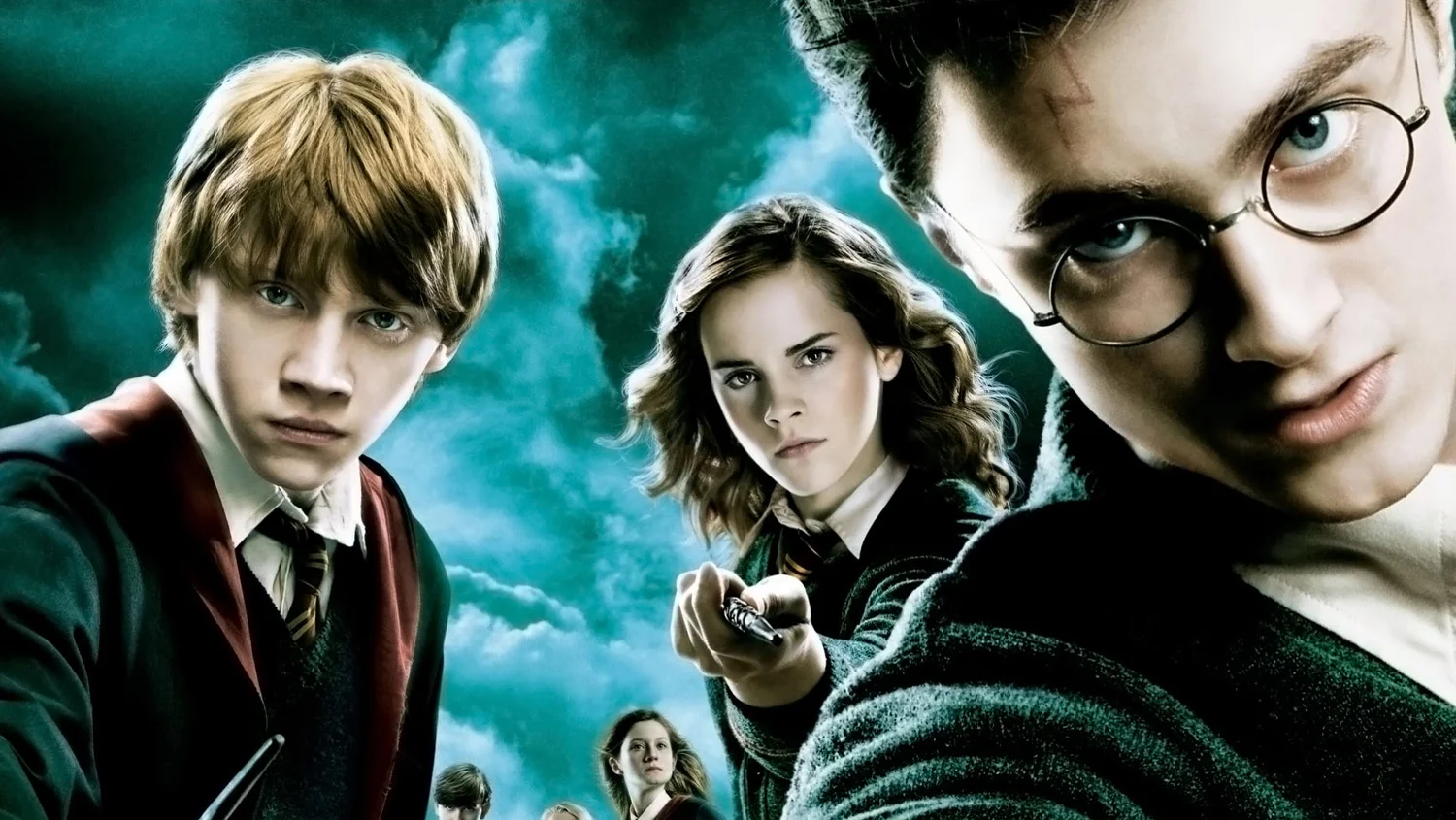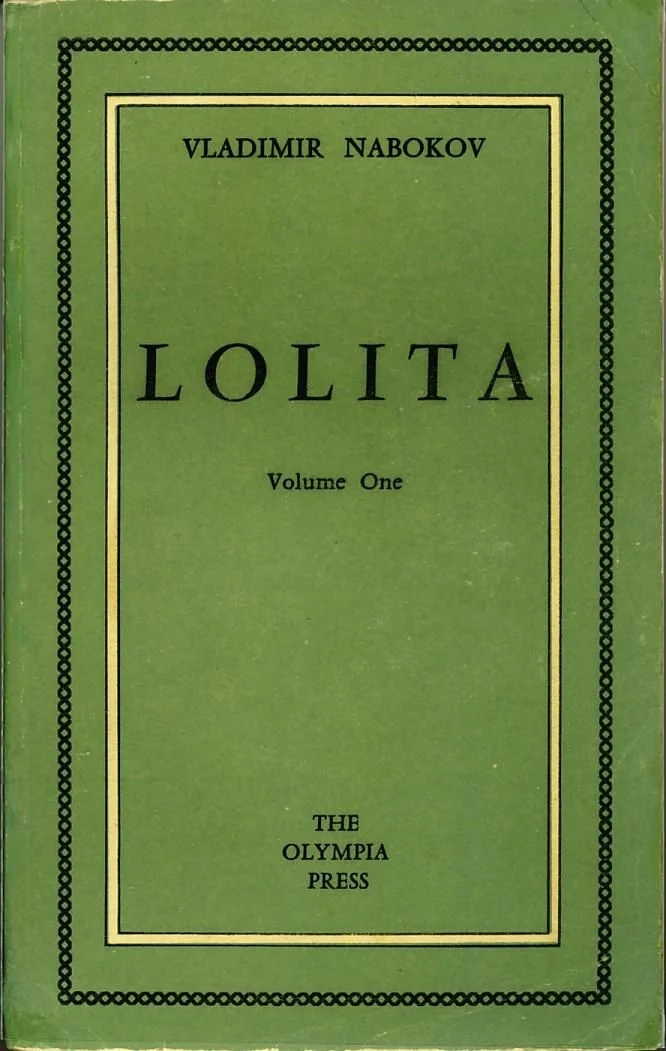J.K. Rowling’s Harry Potter series remains one of the most iconic literary phenomena of the 21st century. The books introduced readers to a meticulously crafted world filled with magical creatures, dark forces, and emotional depth.
However, the transition from page to screen brought new life to many of these elements—offering visual, emotional, and narrative enhancements that, in some cases, made particular scenes even more effective than their book counterparts.
While no adaptation can fully replicate the intricacy of a novel, the Harry Potter films managed to elevate specific moments in ways that leveraged the strengths of cinema: visual storytelling, sound design, and performance.
1. The Opening Scene of The Philosopher’s Stone
The book begins quietly, with Vernon Dursley noticing strange occurrences in his neighborhood. It’s subtle and slow-building. In contrast, the film opens with Albus Dumbledore arriving on Privet Drive under a cloak of mist and moonlight, using his Deluminator to darken the street. Accompanied by a gentle yet mysterious score, the scene introduces magic immediately, pulling viewers into a world that feels both enchanting and secretive.
Visually, this beginning establishes the tone with confidence. The way McGonagall transforms from a cat, Hagrid arrives on a flying motorcycle, and baby Harry is left at the doorstep—all rendered in soft lighting—imbues the scene with warmth and wonder that is harder to achieve through prose alone.
2. The First Trip Through Diagon Alley
In the book, Diagon Alley is described in vivid detail, but each reader imagines it differently. On screen, however, the magical marketplace comes alive through elaborate sets, practical effects, and John Williams’ whimsical score. The sense of scale, the bustling crowd of witches and wizards, and the details of shop windows packed with strange objects create an overwhelming sense of awe.
The scene benefits from visual density—a cinematic strength that shows more in a second than words can describe in a paragraph. When Harry gazes around in amazement, we, as viewers, experience that same wide-eyed wonder. The film version captures the overwhelming nature of being thrust into a magical world for the first time in a way that feels immediate and immersive.
3. The Yule Ball in Goblet of Fire
In the book, the Yule Ball is an elegant event, but it’s presented more as a narrative backdrop for teenage tension and awkwardness. The film, however, treats it as a major cinematic moment, with striking visuals, ornate costumes, and dramatic lighting that elevate the scene into a visual spectacle.
The transformation of the Great Hall into a winter wonderland, the live music from the fictional band The Weird Sisters, and the emotional expressions during the dance sequences allow viewers to connect with the characters on a deeper level. The scene visually conveys the coming-of-age tension, romantic drama, and social pressure of adolescence—all in a few beautifully staged minutes.
4. Snape’s Memories in The Deathly Hallows – Part 2
One of the most emotionally charged moments in the entire series is the revelation of Severus Snape’s true loyalties. While the book provides depth and backstory through Dumbledore’s pensieve and Harry’s reflection, the film compresses the sequence into a haunting, dreamlike montage.
Alan Rickman’s performance adds extraordinary gravitas, with minimal dialogue and maximum emotional expression. The visual juxtaposition of Snape holding Lily Potter’s body, his confrontation with Dumbledore, and the repeated motif of “Always” delivers an emotional punch that lingers. The editing, music, and expression combine to make this one of the most heartbreaking and memorable moments of the entire franchise.
The film’s ability to condense complex backstory into a coherent and powerful visual experience demonstrates how screen adaptations can heighten emotional resonance through careful direction and performance.
5. The Battle of Hogwarts
In the book, the Battle of Hogwarts is fragmented—told primarily from Harry’s perspective as he moves through the chaos. The reader sees glimpses of duels, losses, and triumphs, but the battle is not extensively detailed as a cohesive event.
On screen, however, the final confrontation is expanded into a full-scale cinematic war. The camera pans across various parts of the castle, capturing large-scale spells, collapsing bridges, and emotionally charged duels. Characters like McGonagall, Neville, and even Lavender Brown receive moments of visual recognition that enhance their significance.
Moreover, the film uses spatial awareness and pacing to show the scope of the conflict. The grandeur and brutality of the battle are fully realized, giving weight to the sacrifices and triumphs that bring the story to its close.
6. The Dementor Attack in Prisoner of Azkaban
Dementors are terrifying in the books, but the films bring them to life with chilling effectiveness. The first appearance of a Dementor on the Hogwarts Express in The Prisoner of Azkaban stands out as a scene that maximizes the cinematic tools of horror.
The sudden drop in temperature, the windows frosting over, and the eerie silence that follows before the Dementor appears—all create an atmosphere of dread that’s difficult to convey through text alone. The creature design, with its wraithlike form and breath-sucking presence, capitalizes on visual fear in a way that leaves a lasting impression.
7. The Resurrection Stone Scene in Deathly Hallows – Part 2
In the book, Harry uses the Resurrection Stone just before walking to his death, summoning the spirits of his parents, Sirius, and Lupin. The scene is touching, but internal.
On screen, this moment becomes a visual reunion that allows viewers to see the characters’ comforting presence. The soft lighting, foggy woods, and whispered encouragements turn a solitary act of bravery into a communal farewell. It’s emotionally resonant in a new way, showing not just Harry’s resolve, but the weight of what he carries with him.
The Power of Cinema: Condensation, Emotion, and Performance
Books offer depth, introspection, and endless imagination. Yet, film has the unique ability to condense, heighten, and emotionally charge a scene through performance, music, and visual design. When these elements align—as they often do in the Harry Potter films—they can surpass the emotional immediacy of the page.
Actors like Alan Rickman, Maggie Smith, and Ralph Fiennes brought layers to their characters that transcended the script. The score by composers such as John Williams and Alexandre Desplat elevated quiet scenes into emotional crescendos. Cinematography and set design painted worlds that exceeded imagination with texture and clarity.
From Page to Screen, with New Magic
Certain scenes in Harry Potter worked better on screen not because the books lacked power, but because cinema has its own tools of enchantment. Visual storytelling, soundscapes, and human expression allow moments of wonder, grief, and revelation to be felt instantly and deeply.
In bringing Hogwarts to life, the films didn’t just adapt a story—they transformed key moments into cultural touchstones. For those scenes, the magic of cinema proved just as potent as the magic of the written word.


